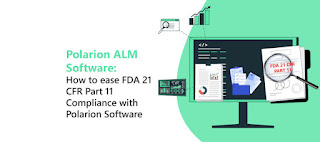SOX IT Control | Compliance Group

SOX IT Controls: Ensuring Compliance and Risk Assessment SOX IT Controls are a key component of the Sarbanes-Oxley Act (SOX) , designed to enhance the accuracy and reliability of corporate financial reporting. These controls play a crucial role in safeguarding financial data by implementing IT General Controls (ITGC) and IT Application Controls (ITAC) . Here’s how SOX IT Controls ensure compliance and strengthen financial processes: Risk Assessment : Identifying potential risks in IT systems that process data is essential for SOX compliance . A thorough risk assessment helps in detecting vulnerabilities that could affect financial reporting. Design and Implementation of IT General Controls (ITGC) : Effective ITGCs cover critical areas such as change management , access controls , data backups , system operations , and IT security . These measures ensure that only authorized users can access financial data, and that data integ...




